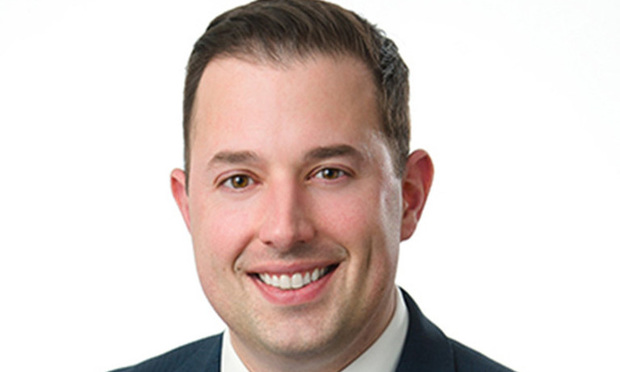Standard essential patent (SEP) litigation is anything but “standard,” especially when it comes to determining remedies for patents that must be licensed under fair, reasonable, and non-discriminatory (FRAND) terms. Court decisions in recent years have outlined a number of different ways these issues can be handled, and parties still today are left with some uncertainty as to which approach to setting FRAND terms will stand.
Background on SEPs and FRAND
Standard essential patents (SEPs) cover technology that must be used in order to comply with an interoperability standard, such as the 3G and LTE standards for cellular telecommunications. These standards are typically developed by standard setting organizations (SSOs) comprised of members from companies across a given industry, all of whom work together to set the requirements and features of a new standard. The success of a standard depends on interoperability to achieve widespread use by numerous different participants in a given technology ecosystem.


 Robert L. Maier
Robert L. Maier




